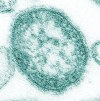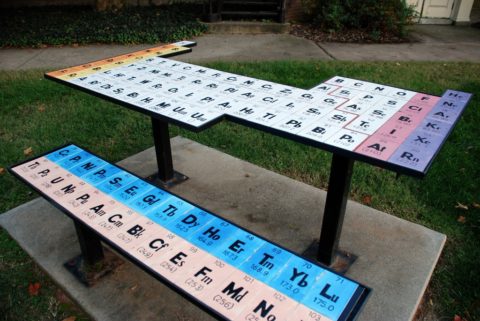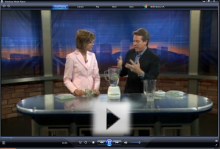
When I was still at high school, way back in the late 1970s, there was a health scare that got a lot of media attention. Apparently, there was a perceived risk that the whooping cough vaccine could cause brain damage. The fall off in vaccination for this disease is claimed to have led to the widespread outbreaks of whooping cough in 1979 and 1982, there having previously been almost zero annual cases. At the peak there were some 60,000 cases.
Fast forward to the near present and you will recall similar scare stories about the combined measles-mumps-rubella vaccine, the MMR, and claims by researcher Andrew Wakefield (Lancet, 1998) that MMR could cause autism in some children. It’s a topic guest blogger Michael Marshall covered on Sciencebase in November 2004. It seemed that, at the time, the debate was pretty much over. However, despite repeated demonstrations of the apparent inadequacies of the original research into a link between MMR and autism, the issue is resurrected on a regular basis. Most recently in a cover story in The Observer, which drew much flack, but also left the chattering classes once more in a flap.
Right now, I’m looking at an article from the print edition of The Times offering an answer to the Question of the Week – “Measles or vaccine?” – the article talks of how measles has reappeared and it is apparently all down to many parents’ reluctance to have their children vaccinated with the MMR jab. The article talks of “herd immunity” and how enough children have had a double dose of MMR which should stave off an epidemic. The emergence of herd immunity, of course, will be little comfort for a parent whose child experience any of the potentially severe side-effects of vaccination.
In the article, pictured alongside a blow-up of the measles virus and an image of a nasty-looking hypodermic needle, are two charts, one showing the number of cases of measles in the UK from 1940 to the present day and the other showing the number of deaths over the same period. Incidence of the disease ebbed and flowed during the period up to the early 1970s whereupon cases began to fall rapidly from a peak of 800,000 a year in the early 1960s to just one or two hundred a year by the mid-1970s.
The MMR vaccine was introduced in the US in 1971 and later in the UK, thereafter incidence of measles has pretty much fallen to levels close to zero. It seems that the pre-vaccine drop had another cause, presumably reduced overcrowding, improved nutrition, better hygiene and healthcare. No one knows at what point this fall would have reached a plateau.
In contrast, the second chart of death rates shows an exponential decline in measles deaths since the 1940s, by about 1970 measles deaths were also close to zero. The risk of getting measles is about one in three, assuming no vaccination coverage at all. The risk of serious consequences to this disease, which personally I had in 1972 or thereabouts, is somewhere between 1 in 5000 and 1 in 15,000. Compare that to the risk of death in a road accident. According to Transport2000 , the UK’s national environmental transport body, each of us has a 1 in 17 chance of being killed or seriously injured in a road crash during our lives. Such figures damn the disease statistics somewhat. Of course, vaccination does come with some risks, but adverse reactions, such as seizures with an associated risk of brain damage, exist at the 1 in 10,000 level.
There has been one UK death from measles since 1992 (as opposed to the several hundred each year during the 1940s). The unfortunate victim was apparently suffering an underlying lung disease for which he required long-term immunosuppressant drugs. He was very unfortunate to be exposed to the measles virus, and when he contracted the disease he was very unlikely to have recovered. This is one fatal case. Even with near 100% vaccination, there would still be a finite risk of any random member of the population contracting the disease. Unfortunate, but true. The statistics would not lie surely?
 Maybe I shouldn’t tell you this online, and my son will be more than a little miffed, if he reads this, but he recently had a trip to the orthodontist and is now the proud owner of an upper teeth realignment device, a brace, as we used to know them in the good, old days. So why am I telling you this?
Maybe I shouldn’t tell you this online, and my son will be more than a little miffed, if he reads this, but he recently had a trip to the orthodontist and is now the proud owner of an upper teeth realignment device, a brace, as we used to know them in the good, old days. So why am I telling you this?




